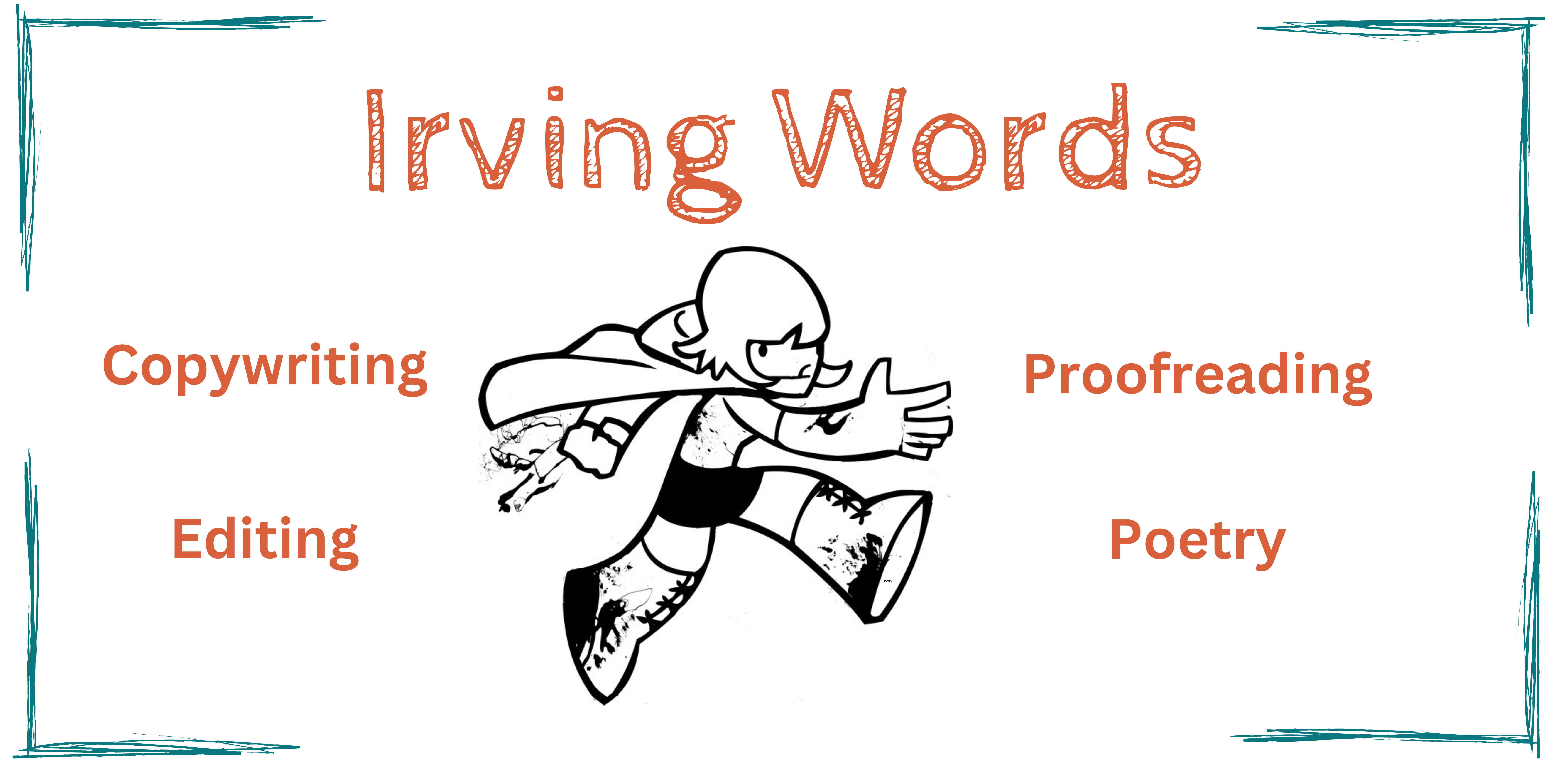Email etiquette guides seem to agree on one thing: when writing an email, best practice is to match the voice and follow the style of the original email received.
Sound advice, and something that comes fairly naturally to a copywriter. With increasingly conversational trends, we’re used to matching corporate copy to a reader’s tone of voice. But it’s not always straightforward, especially if you’re making the first move. So is email doomed to veer between overstiff formality and exclamation-laden block caps as we struggle to pitch it right, or are we all getting a feel for a flexible sense of email tone?
Flexible, that is, in the sense that while the right tone depends on cultural context, relationship between correspondents, age, language and industry, among countless other factors, we have a rough agreement on a version of formality for email that is uniformly more relaxed than the paper equivalent in each case.
J. Willis Westlake, in his instructional 1876 book How To Write Letters, declared:
A neat well-worded letter of one page once a month is better than a slovenly scrawl of four pages once a week. In fact, bad letters are like store bills: the fewer and the shorter they are, the better pleased is the recipient.
Sadly, most of us don’t have the luxury of waiting until the muse strikes to respond to emails. The speedy turnaround (and expectation of reciprocal speed) of correspondence is the reason for the toned-down formality of email as a whole. It’s also behind the popularity of emoji, which help to avoid ambiguity, convey humour and speak that thousand words in one symbol.

It’s particularly important to avoid ambiguity, say, when approaching a new client or employer, or anyone in a professional context with whom you are not familiar. But emoji have not yet become normalised in business messages, at least not in the early stages of correspondence. Overuse, or sometimes any use, can come across as overly familiar, try-hard or immature. So how do we make sure our words aren’t misbehaving in translation?
Some sites seem to think they’ve got the maths down, and have gone so far as to develop tone-checking software to “prevent you from accidentally saying something that you might regret”. While this might seem to some like the robots taking over at last, for people with difficulties in interpreting emotion, say, it might well save unnecessary hostility and frustration.
But the short answer is: we can’t guarantee our words won’t be misread, any more than we could when our messages went by snail mail alone. What we can do is re-read important emails, or better yet, get another human to read them, to identify and zap troublesome phrasing, accidental ambiguities and the plain old incomprehensible claptrap that comes to us all in the dead of night.
With that in mind, I urge compassion in correspondence. It’s important to take a moment out when reading genuine emails from individuals that set off your ‘off-email-register’ alarm. If the tone seems overly formal or informal, ask yourself whether they’re communicating in a second or third language, or from a different cultural background. Are they nervous or unsure of your status relationship? Or could there be something else at play to which you are not privy? If they’re plain rude or offensive, that’s one thing, but awkwardness deserves a little leeway.
We’re still in the process of getting tone right in emails. It’s a work in progress, but learning to listen, apply context and really read what someone’s written can help us along the way.
